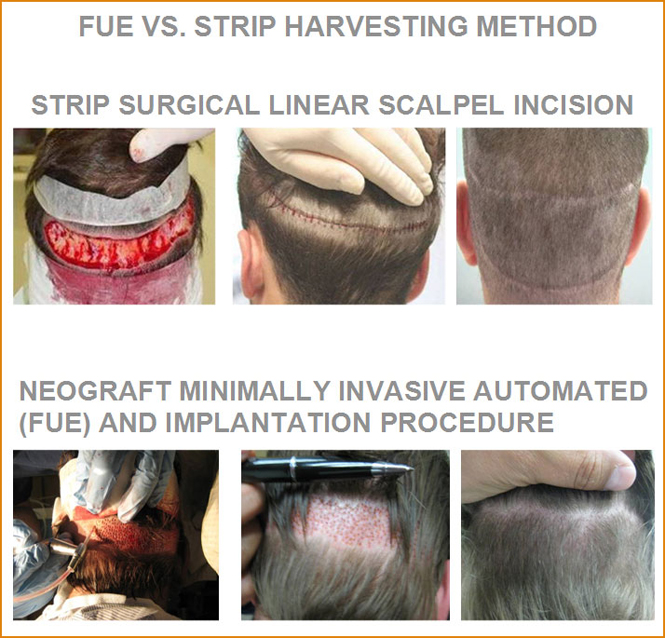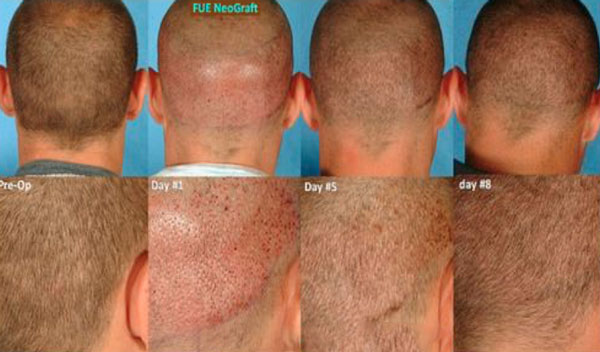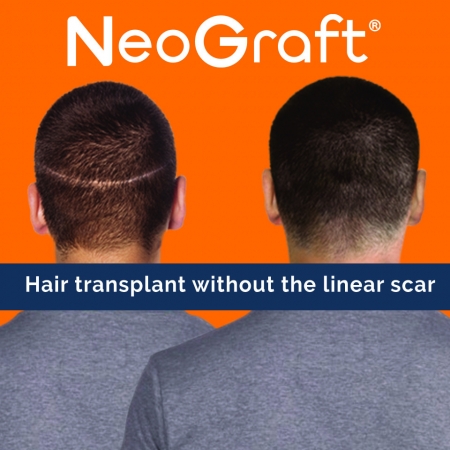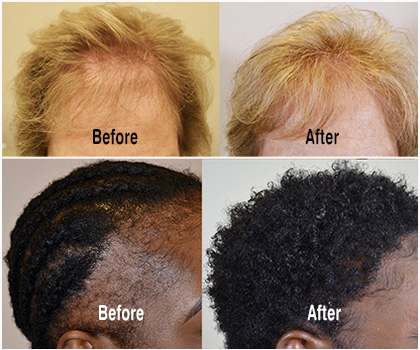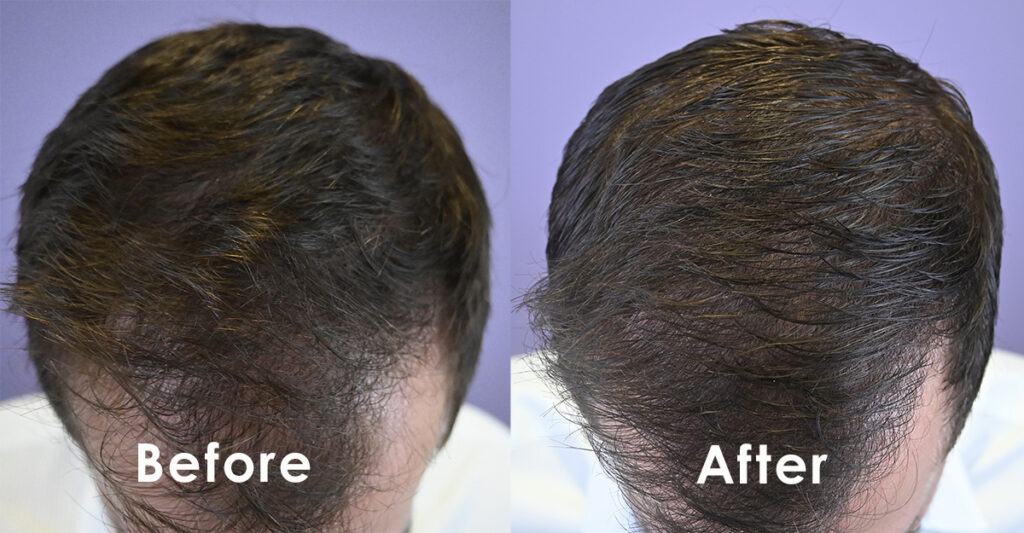Are you tired of dealing with hair loss and thinning hair? Look no further than Hair Transplant Milwaukee Wisconsin. Our team of highly skilled and experienced professionals is dedicated to providing you with top-quality, natural-looking hair transplant solutions. Whether you’re experiencing male pattern baldness or simply want to restore a fuller, more youthful appearance, our advanced techniques and personalized approach ensure that you’ll achieve the results you desire. Say goodbye to self-consciousness and hello to a confident, revitalized you with Hair Transplant Milwaukee Wisconsin.

Understanding Hair Loss
Hair loss is a common concern that affects millions of people worldwide. For many individuals, the loss of hair can have a significant impact on their self-esteem and overall well-being. Understanding the causes, types, and prevalence of hair loss can help shed light on this issue and guide individuals towards suitable solutions.
Causes of Hair Loss
Hair loss can be caused by a variety of factors, including genetics, hormonal changes, medical conditions, and lifestyle choices. The most common cause of hair loss is androgenetic alopecia, also known as male or female pattern baldness. This condition is hereditary and can be passed down from either the mother or father’s side of the family. Other causes of hair loss include thyroid disorders, autoimmune diseases, scalp infections, and certain medications.
Types of Hair Loss
Hair loss can manifest in different ways, and understanding the various types can help individuals identify their specific condition. Some common types of hair loss include:
-
Androgenetic Alopecia: This is the most common type of hair loss, characterized by a gradual thinning of hair on the scalp. It affects both men and women and typically follows a predictable pattern.
-
Alopecia Areata: This type of hair loss occurs when the body’s immune system mistakenly attacks the hair follicles, causing patchy hair loss on the scalp or other areas of the body.
-
Telogen Effluvium: This condition occurs when there is a disruption in the hair growth cycle, leading to excessive shedding of hair. Telogen effluvium can be caused by factors such as stress, illness, hormonal changes, or nutritional deficiencies.
-
Traction Alopecia: This type of hair loss is caused by excessive tension or pulling on the hair, often due to hairstyles that involve tight ponytails, braids, or extensions. Over time, this constant pulling can damage the hair follicles and result in permanent hair loss.
Prevalence of Hair Loss
Hair loss is a widespread issue that affects a significant portion of the population. According to studies, approximately 50 million men and 30 million women in the United States alone experience some degree of hair loss. The prevalence of hair loss increases with age, with over 50% of men experiencing noticeable hair loss by the age of 50. While hair loss can be distressing, it is reassuring to know that there are effective treatments available, such as hair transplant procedures.
Hair Transplant Procedure
Hair transplant procedures have gained popularity as a reliable and long-term solution for hair loss. This surgical procedure involves harvesting hair follicles from a donor area and transplanting them to the recipient area, where the hair is thinning or balding. Here is a step-by-step breakdown of the hair transplant procedure:
Consultation and Evaluation
The first step in the hair transplant process is to schedule a consultation with a qualified hair transplant surgeon. During this initial appointment, the surgeon will evaluate your hair loss condition, discuss your goals and expectations, and determine if you are a suitable candidate for the procedure. They will examine the donor area, typically the back or sides of the scalp, to assess the hair density and quality, which will help determine the number of grafts needed for the transplant.
Choosing a Surgeon
Choosing a skilled and experienced hair transplant surgeon is crucial to achieving optimal results. It is essential to research and seek out a reputable surgeon who specializes in hair restoration procedures. Look for certifications, memberships in professional organizations, and reviews from previous patients to ensure you select a qualified professional.
Preoperative Preparations
Before the hair transplant procedure, your surgeon will provide detailed instructions on preoperative preparations. This may include avoiding certain medications that could interfere with the surgery, discontinuing the use of blood-thinning agents, and refraining from smoking or excessive alcohol consumption. Following these instructions diligently will help reduce the risk of complications and optimize the outcome of the procedure.
Surgical Techniques
There are two primary techniques used in hair transplant procedures: follicular unit transplantation (FUT) and follicular unit extraction (FUE). In FUT, a strip of skin containing hair follicles is removed from the donor area, and the hair grafts are extracted. This technique is useful when a large number of grafts are required. In FUE, individual hair follicles are extracted directly from the donor area using a specialized instrument. FUE is often favored for its precision and minimal scarring.
Postoperative Care
After the hair transplant procedure, proper postoperative care is essential to ensure optimal healing and growth of the transplanted hair. Your surgeon will provide detailed instructions on how to care for the recipient and donor areas, including guidelines for washing, avoiding certain activities, and taking prescribed medications. It is crucial to follow these instructions carefully to minimize the risk of infection, promote proper healing, and optimize the outcome of the procedure.
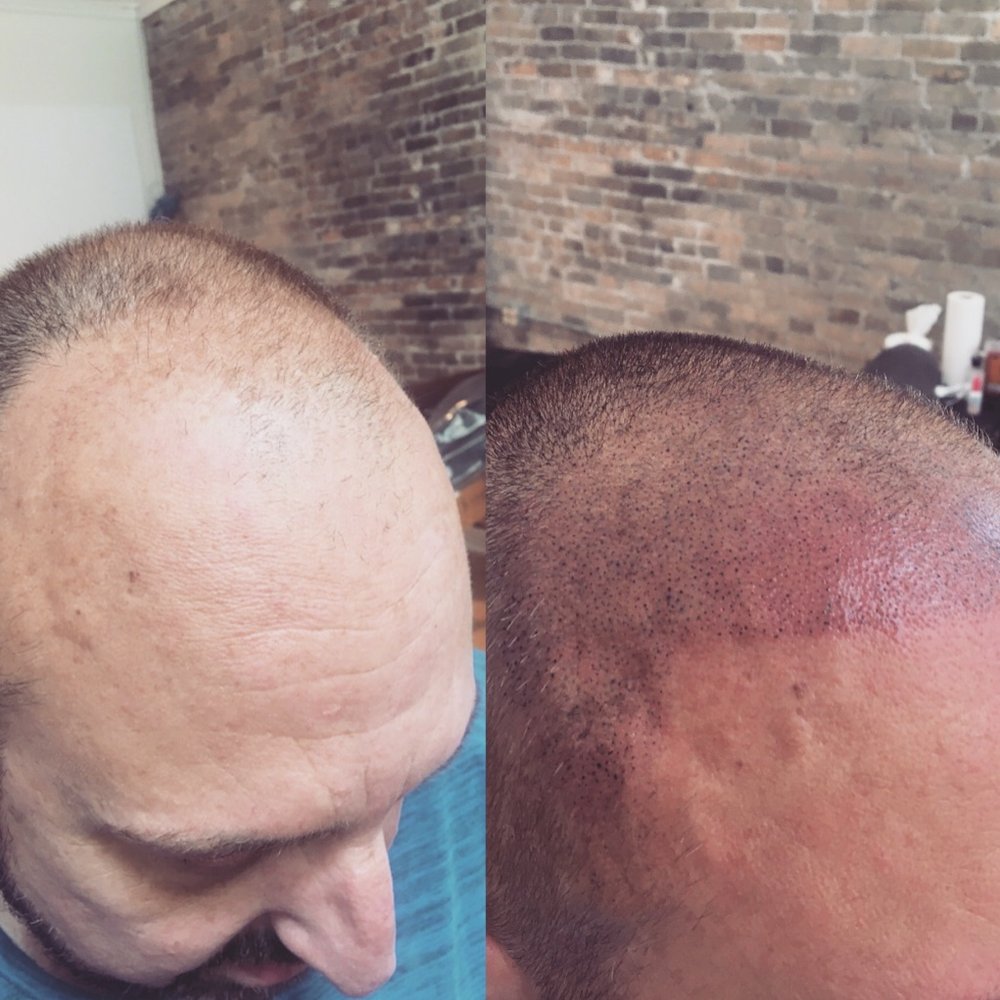
Benefits of Hair Transplant
Hair transplant procedures offer numerous benefits that go beyond simply restoring hair growth. Here are some of the key advantages of undergoing a hair transplant:
Natural and Permanent Results
One of the most significant benefits of hair transplant procedures is that they provide natural and permanent results. The transplanted hair follicles are selected from the donor area, where the hair is genetically resistant to the hormone responsible for hair loss. Therefore, the transplanted hair will continue to grow naturally and permanently.
Improved Self-Confidence
Hair loss can have a profound impact on an individual’s self-esteem and confidence. By restoring a full head of hair, hair transplant procedures can significantly improve self-confidence and enhance one’s overall quality of life. With a renewed sense of confidence, individuals often feel more comfortable in social and professional situations.
Low Risk of Complications
Hair transplant procedures have been refined over the years, and they are considered safe with minimal risks. Complications such as infections or adverse reactions are rare when the procedure is performed by a skilled surgeon in a reputable clinic. Additionally, the use of advanced surgical techniques and postoperative care helps minimize the risk of complications.
Risks and Considerations
While hair transplant procedures are generally safe and effective, they do come with certain risks and considerations. Being aware of these factors can help individuals make informed decisions and ensure they are prepared for the potential outcomes. Some common risks and considerations associated with hair transplant procedures include:
Scarring
Hair transplant procedures, particularly follicular unit transplantation (FUT), can result in a linear scar along the donor area where the strip of skin was removed. While efforts are made to minimize scarring and ensure it is discreet, the visibility of the scar can vary depending on individual healing characteristics.
Infection
Like any surgical procedure, there is a risk of infection with hair transplant procedures. However, this risk is relatively low when the surgery is performed under sterile conditions by an experienced surgeon. Following proper postoperative care instructions and keeping the scalp clean can help reduce the risk of infection.
Unsatisfactory Results
While hair transplant procedures generally yield favorable results, there is the possibility of unsatisfactory outcomes. Factors such as poor graft survival, unnatural hairline design, or uneven hair density can contribute to less-than-desirable results. It is essential to choose a skilled and experienced surgeon to minimize the likelihood of such outcomes.
Cost and Insurance Coverage
Hair transplant procedures can vary in cost depending on the extent of the treatment and the clinic or surgeon chosen. It is important to consider the financial aspect and ensure the procedure fits within your budget. Additionally, it is worth noting that hair transplant procedures are typically not covered by insurance, as they are considered elective cosmetic procedures.

Choosing the Right Clinic
Selecting the right clinic for your hair transplant procedure is crucial to ensure a successful outcome and a positive experience. Here are some key factors to consider when choosing a hair transplant clinic:
Researching Clinics
Take the time to research different hair transplant clinics in your area. Look for clinics that have a solid reputation, years of experience, and a track record of successful procedures. Reading online reviews and testimonials can provide valuable insights into the quality of service and patient satisfaction.
Reading Patient Reviews
Patient reviews and testimonials can provide firsthand accounts of the hair transplant experience at a particular clinic. Pay attention to reviews that discuss the surgeon’s skill, the overall results achieved, the professionalism of the staff, and the overall patient experience.
Checking Surgeon’s Credentials
Ensure that the hair transplant surgeon is board-certified and has specialized training and experience in performing hair restoration procedures. Look for certifications, memberships in professional organizations, and any additional qualifications that demonstrate their expertise in the field.
Touring the Facility
If possible, visit the hair transplant clinic in person to get a sense of the facility’s cleanliness, organization, and overall ambiance. A well-maintained and professionally equipped facility is an indicator of a reputable clinic that prioritizes patient safety and comfort.
Hair Transplant in Milwaukee Wisconsin
For residents of Milwaukee, Wisconsin, seeking hair transplant procedures, there are several options available in the area. These clinics offer a range of services, including consultation, evaluation, and advanced surgical techniques. Considerations when choosing a hair transplant clinic in Milwaukee include:
Availability of Clinics
Milwaukee boasts a variety of reputable hair transplant clinics, providing individuals with a range of options to choose from. Researching the different clinics available will allow you to find one that aligns with your specific needs and preferences.
Cost Comparison
As with any cosmetic procedure, the cost of hair transplant procedures in Milwaukee can vary among clinics. It is important to compare prices and ensure that the chosen clinic offers fair pricing without compromising on the quality of service or results.
Success Stories in the Area
Reading success stories and viewing before-and-after photos of previous patients who have undergone hair transplant procedures in the Milwaukee area can give you a clearer idea of the quality of work performed by the clinics. Look for results that align with your desired outcome and evaluate the overall patient satisfaction.

Alternative Hair Loss Treatments
While hair transplant procedures are an effective and permanent solution for hair loss, they may not be suitable for everyone. Fortunately, there are alternative treatments and interventions available for those who prefer non-surgical options. Some common alternatives to hair transplant procedures include:
Medications
Certain medications, such as finasteride and minoxidil, have been approved by the FDA for the treatment of hair loss. These medications can help slow down or prevent further hair loss by addressing hormonal imbalances or stimulating hair growth. However, it is important to consult with a healthcare professional before starting any medication to ensure it is safe and appropriate for your specific condition.
Topical Treatments
Topical treatments, such as hair growth serums and foams, are applied directly to the scalp to stimulate hair growth and improve the overall health of the hair follicles. These treatments often contain ingredients such as minoxidil, peptides, and vitamins that nourish the scalp and promote hair growth. As with medications, it is important to consult with a healthcare professional before starting any topical treatment.
Hair Restoration Systems
Hair restoration systems, including wigs, hairpieces, and hair extensions, provide temporary solutions for individuals seeking to conceal their hair loss. These systems are available in various styles, colors, and materials, allowing individuals to find a solution that suits their needs and preferences. While they do not address the underlying cause of hair loss, they can provide immediate aesthetic improvements.
Preventing Further Hair Loss
While hair transplant procedures and alternative treatments can help address existing hair loss, it is equally important to take measures to prevent further hair loss. By understanding the triggers and adopting a healthy lifestyle, individuals can minimize the risk of ongoing hair loss. Consider the following strategies:
Understanding Triggers
Identify and avoid triggers that may contribute to hair loss or exacerbate existing conditions. Factors such as stress, poor nutrition, excessive heat styling, and certain medications can all impact hair health. Taking steps to address or eliminate these triggers can help maintain and improve the overall health of your hair.
Maintaining a Healthy Lifestyle
A healthy lifestyle goes a long way in promoting hair health and preventing further loss. Ensure that you are consuming a balanced diet rich in essential nutrients, vitamins, and minerals. Regular exercise, adequate sleep, and stress management techniques can also contribute to overall well-being and hair health.
Evaluating Hair Care Products
The products you use on your hair can have a significant impact on its health and growth. Choose hair care products that are gentle, free from harsh chemicals, and suitable for your hair type and condition. Avoid excessive heat styling, tight hairstyles, and other practices that can cause damage to your hair follicles.
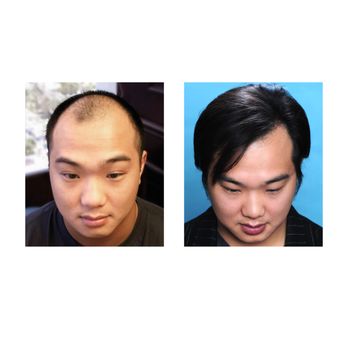
Frequently Asked Questions
Am I a Good Candidate for a Hair Transplant?
The majority of individuals experiencing hair loss are suitable candidates for hair transplant procedures. However, the best way to determine your candidacy is to schedule a consultation with a qualified hair transplant surgeon. They will evaluate your specific condition, discuss your goals, and make recommendations based on your individual needs.
What is the Recovery Time?
Recovery time can vary depending on the extent of the hair transplant procedure and individual healing characteristics. Generally, the initial healing period lasts around one to two weeks, during which some redness and swelling may be expected. Complete healing and hair growth can take several months. Your surgeon will provide specific instructions on postoperative care and what to expect during the recovery period.
Can Women undergo Hair Transplant?
Absolutely. Hair transplant procedures are suitable for both men and women experiencing hair loss. However, the underlying causes and patterns of hair loss may differ between genders, and the surgical approach may be tailored accordingly. It is important for women to consult with a hair transplant specialist who has experience in treating female hair loss.
Is Hair Transplant Covered by Insurance?
Hair transplant procedures are typically considered cosmetic and elective, so they are usually not covered by insurance. However, it is best to check with your insurance provider to determine if they offer any coverage or reimbursement options for hair restoration procedures.
Conclusion
Hair loss can have a significant impact on an individual’s self-confidence and overall well-being. Understanding the causes, types, and prevalence of hair loss is essential in finding suitable solutions. Hair transplant procedures offer natural and permanent results, improved self-confidence, and low risks of complications. Considerations such as scarring, infection, unsatisfactory results, and cost should be taken into account when deciding on hair transplant procedures. Choosing a reputable clinic, researching thoroughly, and evaluating patient reviews are crucial in ensuring a successful outcome. In Milwaukee Wisconsin, individuals have access to various hair transplant clinics, which should be carefully considered based on availability, cost, and success stories. Alternative hair loss treatments, prevention strategies, and frequently asked questions provide individuals with a comprehensive guide to addressing their hair loss concerns. By understanding the intricacies of hair loss and the available treatment options, individuals can make informed decisions to regain their confidence and achieve a fuller head of hair.

